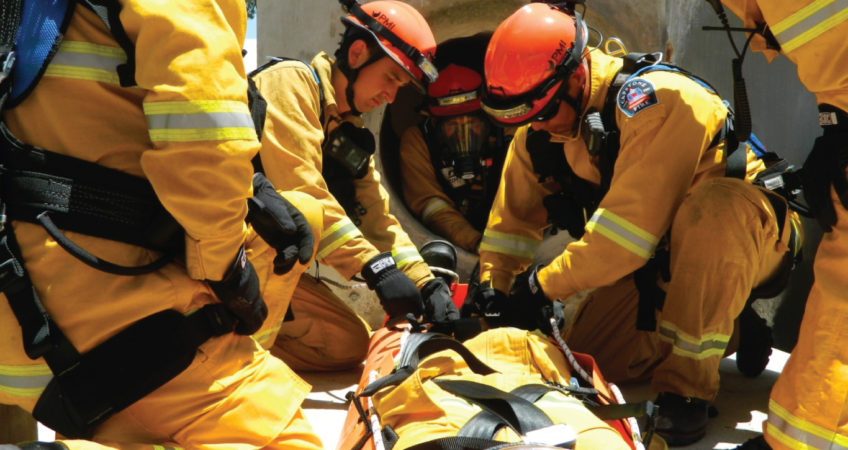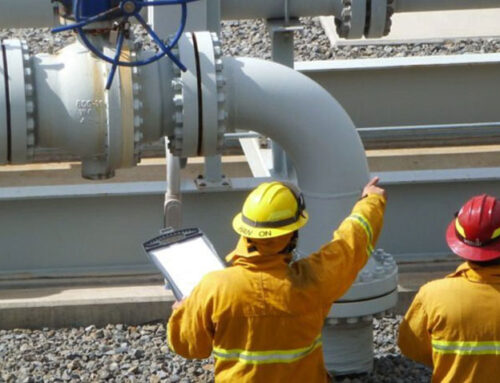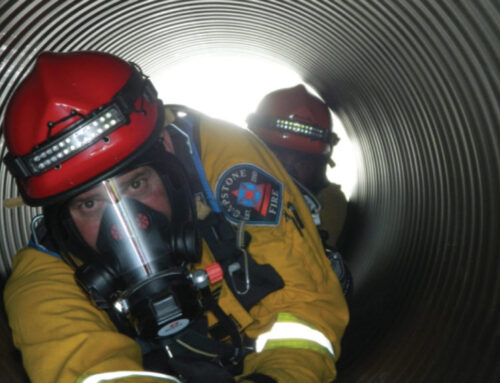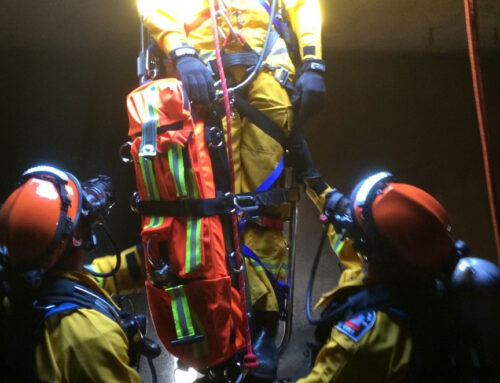Technical rescue services should be an integral part of any Washington work site or fire rescue team. Technical rescues encompass many types of rescues and having a properly trained team available in case of an emergency will help minimize risk for the trapped person or persons as well as the professionals that assist in the rescue efforts. Here are three ways that Washington technical rescue teams can help in case of an emergency, especially during record breaking fire seasons.
There are different types of technical rescue.
Technical rescue refers to a broad type of several different rescue operations. These operations can range from anything like rescuing trapped individuals from tight spaces like caves to rescuing people that are trapped in a fire. Each operation is complicated in different ways and requires the rescuers to have gone through specific training. This can make it dangerous for individuals that are not educated in these rescue operations to undergo them, making it essential to know when to hire trained professionals to do it instead.
Each type of technical rescue requires its own form of training.
Like we said before, technical rescue operations can be complicated and often refer to a broad range of different rescue situations. It’s important to work with teams that are specially trained in the different types of technical rescue operations in order to prevent any injuries during the rescue process. Specialized teams will be able to assess the situation and respond to it in an effective way, helping to minimize risk and keep people safe.
Consider hiring these services to train your own employees.
One of the biggest ways to minimize risk on job sites is to make sure that employees are trained to handle any possible situations. Dam workers, for example, are at a significantly higher risk of having to be rescued by a technical rescue service than other site workers because of the inherent risks that come with the job. Training these employees can help save their lives and help them learn to recognize potential risks when on the job.





